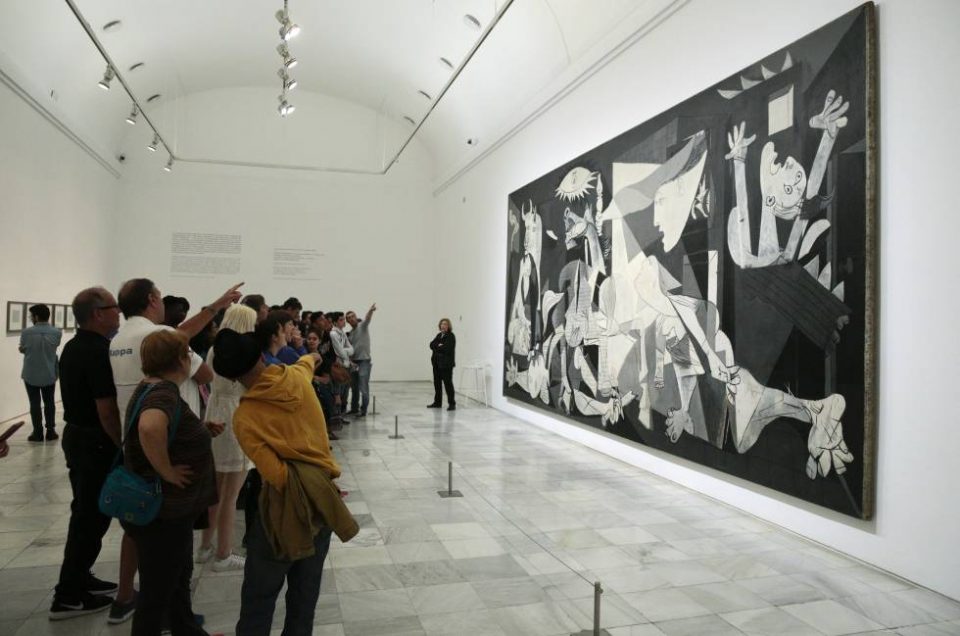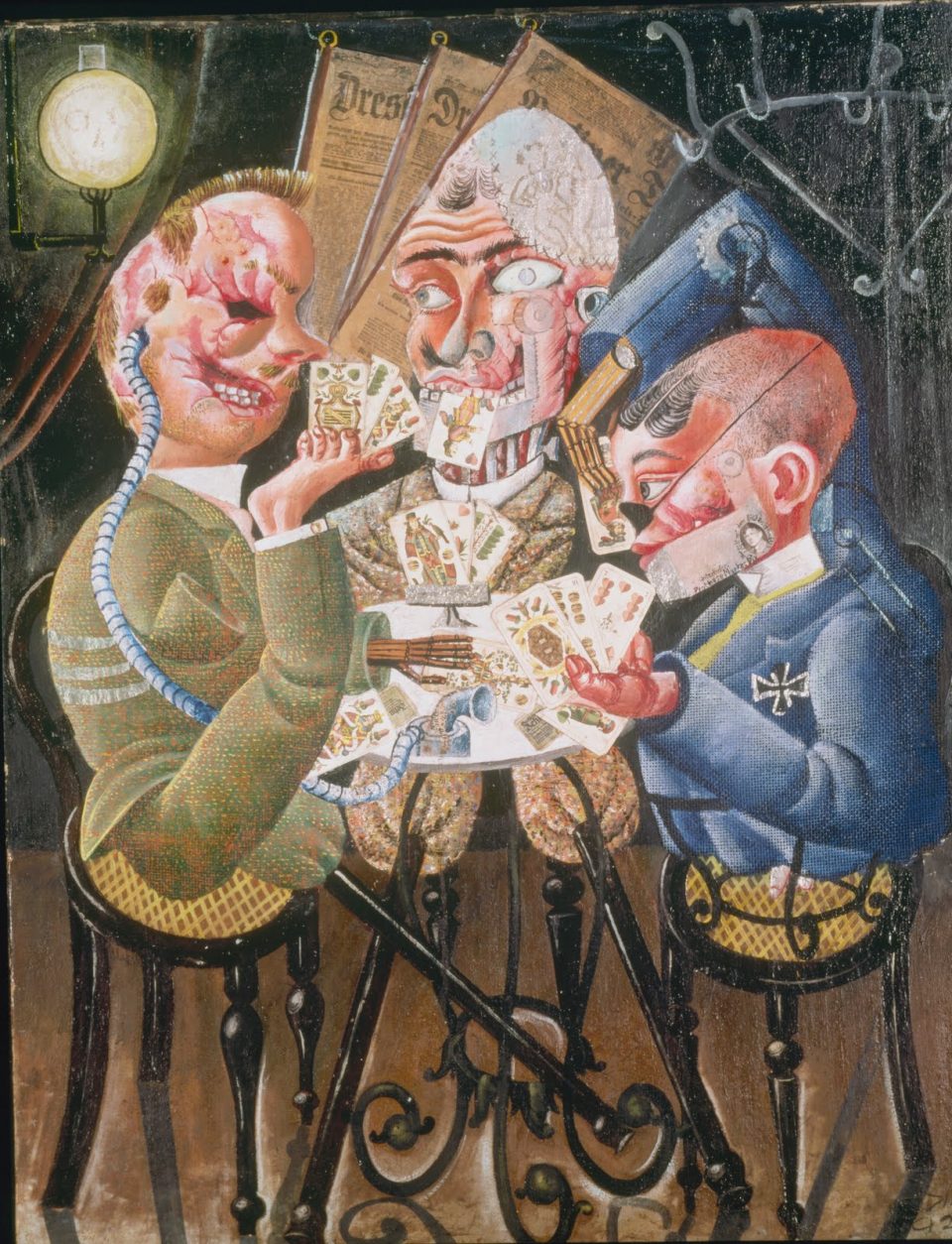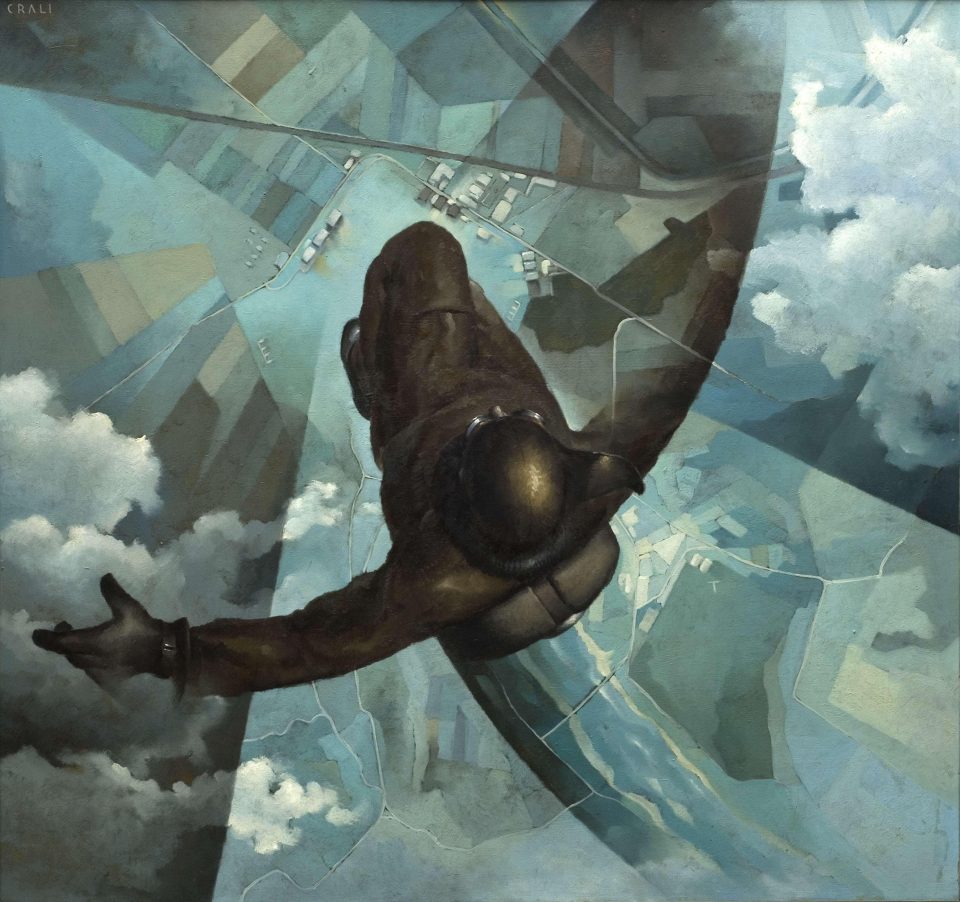In 1936, the German philosopher Walter Benjamin wrote the essay The Work of Art in the Age of Mechanical Reproduction. It discusses the change brought about by two new art forms: photography and film. Today we could add music streaming and film sites like Spotify and Netflix. They both share the fact that their technique of production and reproduction is simultaneous: it does not make sense to distinguish between original and copy. Take the example of a photograph: is the negative the original? Or the first print? How would the second print be distinguished from the first? In cinema and photography, copies have the same legitimacy as the original, that is, their multiplicity is “part of the very condition of the existence of art”.
What is new, says Benjamin, is not the fact that a work of art can be reproduced. Afterall, old paintings always had copies made of them. The truly novel feature, for photography and film, is the indistinction between original and copy. Above all, it is the fact that copying is now an integral part of the artistic process. The change then is about what that possibility of mechanical reproduction implies for the value and definition of art. Until then, a piece of work had value because of its uniqueness; because of how it had been produced – a result of the inspiration that the artist had had at a particular moment, or, on the contrary, because of the long path of reflection that (s)he had needed. These aspects can be summarised as authenticity: it is the authenticity of a piece that defined its value. Thus, the possibility of mechanical reproduction means that uniqueness, authenticity and durability disappear from a work of art, but since these elements were an integral part of the definition of a work of art until then, what do these changes imply for the definition of art?
According to Benjamin, what is lost is “the aura” of the work of art. The aura is the “unrepeatable appearance of a distance however close it may be”. It is something linked to the production; the procedures, and the moment. The “aura” is also a feature of the way in which the art is observed. For example, the aura of Guernica is defined by the historical period in which Picasso painted it, the techniques he used (oil on canvas, colours, shapes, etc.) but also to the room where it is exhibited. Today it hangs in a room by itself in the Reina Sofia in Madrid, but if Guernica was to be exhibited in the Kelvingrove tomorrow or even changed place in the Reina Sofia, the aura would become a different one. Thus the aura always implies a ‘here and now’ which cannot be transported through time or space. The aura is unique and can never be copied.

Guernica in the Reina Sofia in Madrid.
Photo: Alváro García
The Picasso exhibition at the Palazzo Reale in Milan in 1953.
Photo: Rene Burri
Benjamin argues that in the case of photography and film the aura is lost because, on the one hand, the distinction between copy and original becomes obsolete. And on the other hand, the “here and now”, so fundamental to the aura, is lost too. The work can be seen, appreciated, even consumed, by an infinity of people in an infinity of times and in an infinity of places – simultaneously. Therefore the individuality and the authenticity of the artistic procedure disappear. The work of art becomes now an object of mass consumption by means of private consumption.

Photo: Pablo Ibañez
However, the loss of aura does not necessarily imply something negative for Benjamin. He gives two arguments in favour of the destruction of the aura. The first is that a work without aura loses its cultural value, but gains exhibition value. The cultural value of the work is linked to the origin of art. In the beginning, works of art were made for magic rituals, and later for religious ones. Thus, the work of art had something sacred about it. But with the disappearance of the aura, the sacredness also disappears. This disappearance of the cultural value, however, means that the exhibition value grows. That is, the new purpose of a work is no longer cultural but to be exhibited. Marcel Duchamp illustrates this idea perfectly with his ready-mades, particularly the “Fontaine”. This new purpose of art implies that its access is democratized. Art can now be appreciated by more people than ever before. It is no longer hidden away in large private properties or exclusive collections. The cinema, especially, is accessible to everyone, according to Benjamin.
With regards to Benjamin’s second argument, one must take into account the historical period in which Benjamin wrote his essay: the 1930s. The Fascists had been in power since 1922 in Italy, Hitler had been elected in 1933, and Spain was in the midst of a civil war. These regimes used art to indoctrinate and spread their propaganda through mass events, where the elements and aesthetic effects were perfectly calculated. There was also a cult of genius. For example, the Nazis made great representations of Wagner’s operas exalting his conception of total art and the return to Germanic myths. War was also glorified in fascist art and represented as desirable: “fiat ars – pereat mundus” (“Let art be created, though the world would perish”). It is interesting to compare the Italian futurists, who welcomed total war, with the paintings depicting the horror of WW1 by Otto Dix or George Grosz.

Otto Dix, Skat Players (Die Skatspieler) (later titled Card-Playing War Cripples), 1920, Oil on canvas with photomontage and collage
Photo: Nationalgalerie
Tullio Crali, Before the Parachute Opens (Prima che si apra il paracadute), 1939
Photo: Claudio Marcon
Benjamin calls these fascist strategies the aestheticisation of politics: they dazzle the masses through aesthetic processes so that they forget that the fascists had not improved their citizens’ quality of life. This development was something fundamentally dangerous. Benjamin contrasts this with the concept of the politicisation of art: using art to liberate the masses.
With the destruction of the aura, images can become evidence of the historical process. Cinema seemed to Benjamin the best method to achieve the consciousness of the masses. Like photography, these media show more exact moments of reality than we are accustomed to perceiving because they concentrate on one detail. For example, the use of a lighter: it is usually lit without particular awareness of the act, but through a photo, key moments, that we would not otherwise perceive, are frozen. They show moments that would otherwise be unconscious. According to Benjamin, this possibility of creating awareness must thus be used on a larger scale, to awaken the masses.
So, for Benjamin, during this new period of mechanical reproduction, the changes in the definition and perception of art (namely the destruction of the aura) were positive as long as they served the democratisation of art and contributed to the liberation of the masses. What we must achieve is the politicisation of art so as not to fall into the aestheticisation of politics.